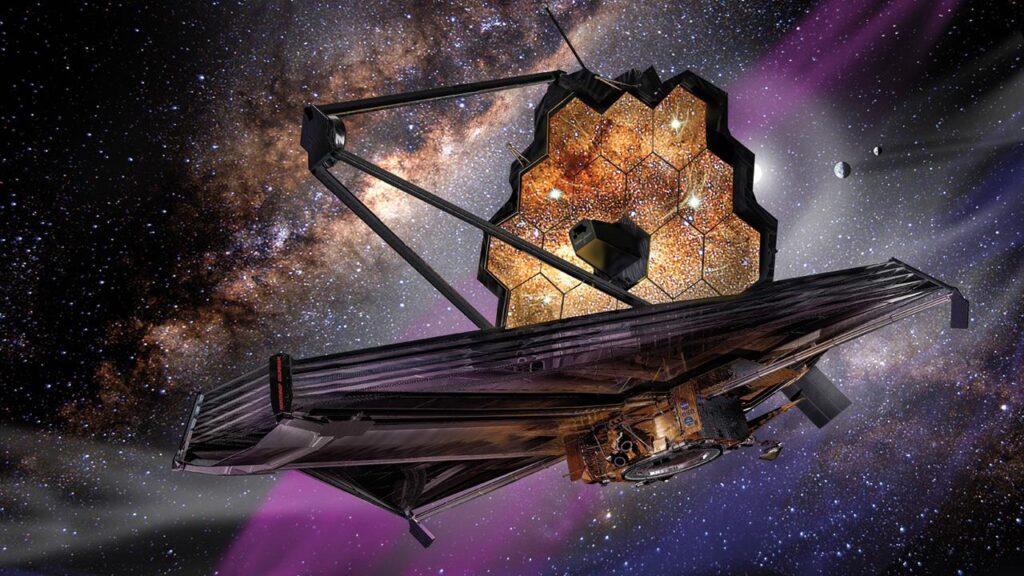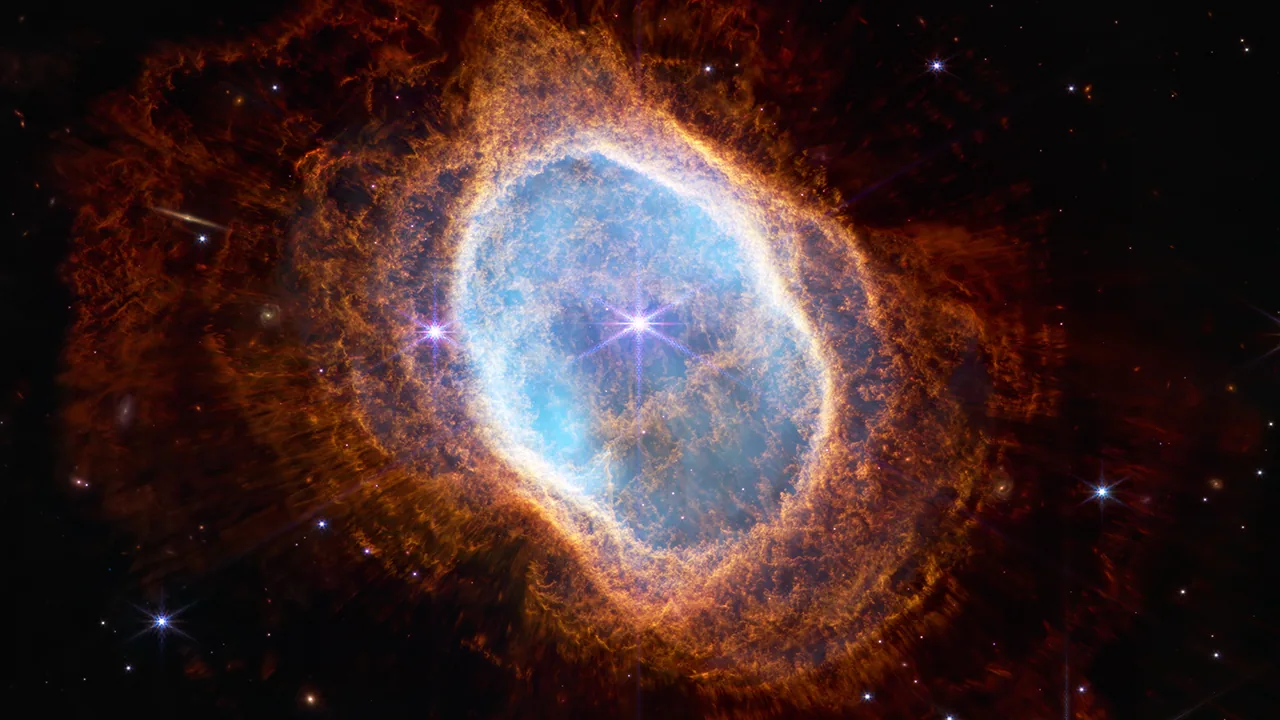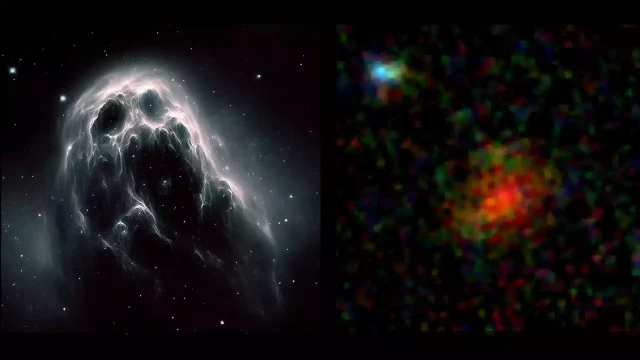Space is full of mysteries. As technology advances, the curtains of these mysteries continue to be revealed. NASA’s space telescope James Webb reveals images of cosmic objects in the light of technology. NASA’s space telescope James Webb captured an image of an exploded star. Here are the details…
NASA’s giant space telescope James Webb captured the image of an exploded star!
When massive stars run out of fuel and reach the end of their lives, their final stage may be a massive explosion called a supernova. Although the bright light of these events fades quickly, other effects can be longer-lasting. Shock waves from these explosions travel into space. Then, as it interacts with nearby dust and gas, it forms beautiful objects called supernova remnants. Then postcard images emerge.

Thanks to the James Webb NIRCam instrument, one such supernova remnant, Cassiopeia A, or Cas A, was recently managed to image. This supernova remnant is located 11,000 light-years away in the constellation Cassiopeia. Scientists think that this star is a star that exploded 340 years ago. This Supernova remnant is currently one of the brightest radio objects in the sky. This image was formed as a result of the explosion interacting with the gas emitted by the massive star in the last stages of its life.
Lead researcher Danny Milisavljevic from Purdue University made a statement on this issue. “With NIRCam’s resolution, we can now see how the dying star completely shattered when it exploded, leaving behind filaments that resemble small shards of glass,” he said in a statement. “After working on Cas A for so many years, it is truly incredible to now be able to unravel these details that give us a transformative insight into how this star exploded.” .” said.
In fact, Webb has previously observed Cas A using the MIRI instrument. Previous observations taken by MIRI revealed another dimension of this supernova. This supernova had a colorful appearance compared to its surroundings. It was also in mid-infrared wavelengths, showing features like the hot dust that makes up its outer shell, illuminated in orange and red.
On the other hand, this latest observation was made using NIRCam in the near infrared wavelength. NIRCam has higher resolution than MIRI. Therefore the image appears slightly sharper. It also selects different details. The dust, which shines very brightly in the mid-infrared, is barely visible in the near-infrared and appears as smoke-like wisps. Thanks to the NIRCam image, the inner shell of the remains can now be observed more clearly. Thus, researchers will discover how the star exploded and disintegrated.














